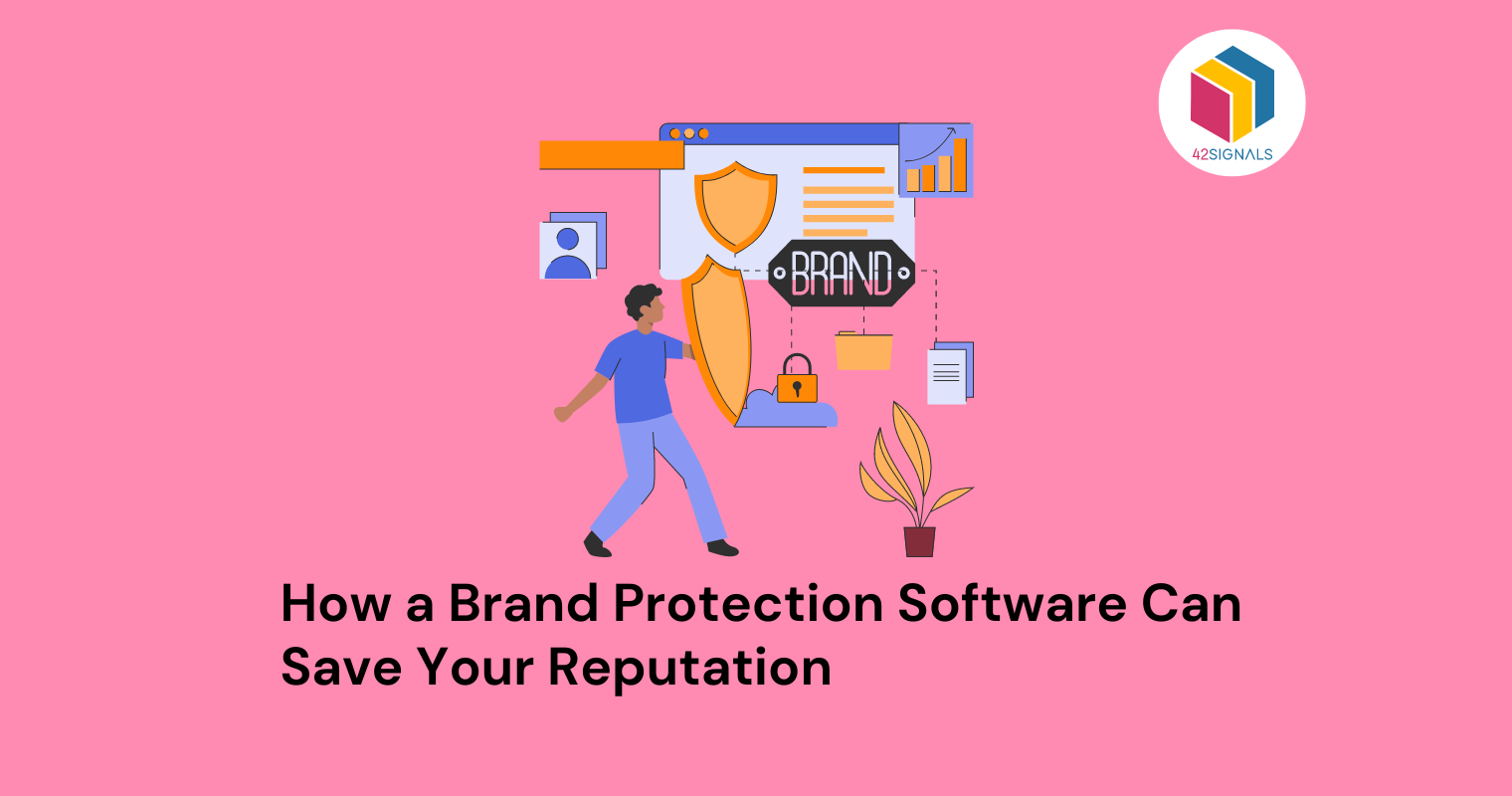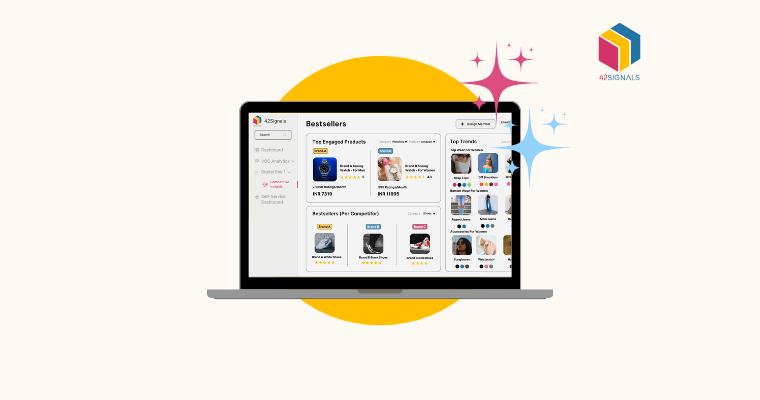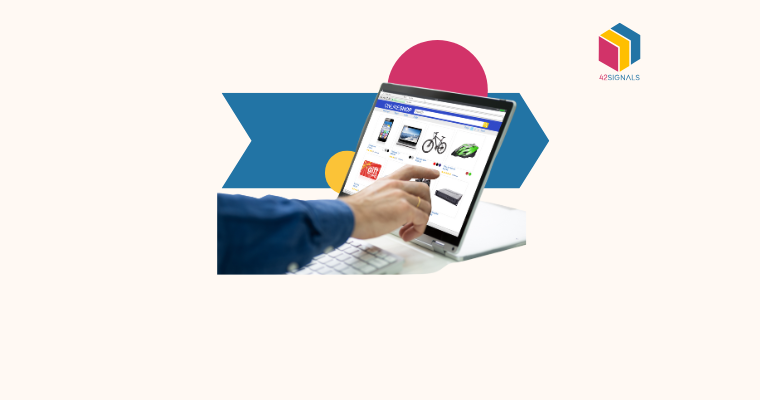Brand protection software is designed to monitor the internet for instances of infringement or misuse of your company’s intellectual property (IP). This includes trademarks, logos, slogans, and other identifying marks that are unique to your business. By continuously scanning the web for potential violations, these tools can help you quickly identify and take action against any parties who may be attempting to profit off of your hard-earned reputation.
One of the key benefits of using protection software is that it allows you to stay one step ahead of cybercriminals. These individuals often target well-known brands in order to trick consumers into divulging sensitive information or making purchases through illegitimate channels. With such a tool, you can detect and shut down these fraudulent activities before they have a chance to harm your reputation or result in financial losses.
Another advantage of using a protection software is that it helps you maintain control over how your brand is perceived by customers and stakeholders. When someone uses your IP without permission, it can dilute the strength of your brand and create confusion among consumers. By taking swift action to enforce your rights, you can protect the integrity of your brand and ensure that it remains a valuable asset for your business.
In addition to monitoring for infringements, many platforms also offer features such as domain name registration and management, social media tracking, and marketplace surveillance. These capabilities enable you to keep tabs on all aspects of your online presence and proactively address any issues that arise.
Let’s look at a few examples of how a protection software can save reputation –

Image Source: Memcyco
- Detecting counterfeits: They can scan online marketplaces and websites to detect counterfeit products being sold under your brand’s name. By taking quick action to remove these listings, you can protect your customers from receiving fake or subpar goods and uphold your brand’s quality standards.
- Preventing phishing attacks: Cybercriminals often use phishing emails and fake websites to trick unsuspecting users into giving away sensitive information. The software can alert you to any suspicious activity related to your brand, allowing you to take steps to secure your customers’ data and prevent damage to your reputation.
- Stopping typosquatting: Typosquatters register domain names similar to yours but with slight misspellings or variations in hopes of attracting traffic intended for your site. A protection software can detect these attempts at cybersquatting and allow you to take legal action to reclaim your rightful domain name.
- Enforcing trademark usage: Trademark infringement can occur when another party uses your logo, slogan, or other distinctive mark without permission. A software that protects your brand can help you detect and enforce your trademark rights, preventing competitors from unfairly profiting off of your brand’s reputation.
- Monitoring social media: Social media platforms can be breeding grounds for false rumors and negative comments about your brand. With the aid of a tool, you can monitor mentions of your brand across various social networks, enabling you to respond promptly to any false claims or damaging feedback and mitigate potential harm to your reputation.
- Protecting copyrighted materials: Copyright infringement occurs when someone else uses your original works, such as images or text, without proper attribution or permission. Brand protection software can help you detect instances of copyright infringement and pursue appropriate remedies to protect your creative assets.

Image Source: Ramotion
Of course, no technology is foolproof, and there are some limitations to what brand protection software can do. For example, it may not always be able to detect every instance of infringement, particularly if the violation is subtle or takes place on a less visible part of the web. Additionally, resolving disputes related to IP violations can sometimes require legal intervention, which can be time-consuming and costly.
Despite these challenges, however, the benefits of using protection software far outweigh the drawbacks. By investing in this type of solution, you can safeguard your brand’s reputation, prevent financial losses, and maintain control over how your business is perceived online.
When choosing a platform, there are several factors to consider. First and foremost, you should look for a provider with a proven track record of success in detecting and addressing IP violations. Ideally, the provider should offer a comprehensive suite of features that cover all aspects of your online presence, including domains, social media, and marketplaces.
It’s also important to choose a provider that offers flexible pricing plans tailored to your specific needs. Some providers charge based on the number of keywords or domains monitored, while others offer flat-rate packages or custom solutions. Be sure to carefully evaluate each option and select the plan that best fits your budget and coverage requirements.

Image Source: Media Sonar
Here are some real-life examples of how companies have used brand protection software to great effect –
Nike vs. Counterfeit Sneakers: Nike is known for its iconic sneaker designs, which unfortunately makes them a prime target for counterfeiters. To combat this issue, Nike uses a protection software to monitor online marketplaces and detect listings selling knockoff versions of its popular shoes. By working closely with eBay and other partners, Nike was able to remove more than 7 million listings of counterfeit merchandise between 2018 and 2020 alone.
Microsoft vs. Phishing Attacks: As a leading tech company, Microsoft faces constant threats from cybercriminals looking to exploit its vast user base. The company employs brand protection software to detect and block phishing sites spoofing its login pages and email addresses. By doing so, Microsoft estimates that it prevented more than $2 billion in potential losses due to phishing attacks in 2020.
Louis Vuitton vs. Typosquatting: Luxury fashion house Louis Vuitton faced a significant challenge when a cybersquatter registered multiple domain names containing minor misspellings of its famous brand name. Using brand protection tools, Louis Vuitton detected and took legal action against the squatter, successfully recovering the domain names and preventing further abuse.
Coca-Cola vs. Trademark Infringement: Soft drink giant Coca-Cola frequently deals with trademark infringement cases involving copycat brands using variations of its iconic red and white logo. By employing brand protection platform, Coca-Cola can detect these infringing marks early on and take swift legal action to stop them, thereby preserving the distinctiveness and value of its brand identity.
Disney vs. Social Media Abuse: Entertainment conglomerate Disney relies heavily on its family-friendly image, making it crucial to monitor social media conversations around its properties. Using protection tools, Disney tracks discussions surrounding its movies and TV shows to address any harmful or offensive comments, ensuring that its fans continue to enjoy positive experiences associated with its beloved characters and stories.
Conclusion
Finally, make sure that the brand protection software provider you choose has robust security measures in place to protect your data. Look for features like encryption, two-factor authentication, and regular backups to ensure that your confidential information stays safe and secure.
In conclusion, brand protection software is a powerful tool that can help businesses of all sizes defend their reputations and maintain control over their online presence. By continuously monitoring the web for instances of infringement and offering a range of features to manage and enforce your IP rights, these platforms provide peace of mind and enable you to focus on growing your business with confidence.
To read more such informative articles, visit our blog or insights page.




